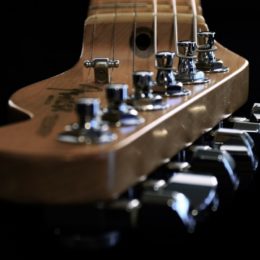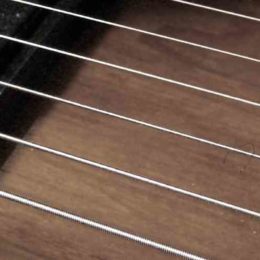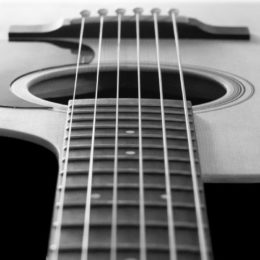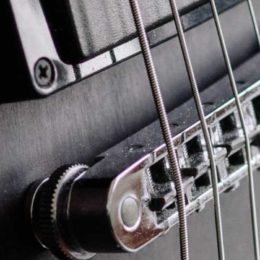What Makes a Mode
What make the modes is where the music resolves… comes to rest… feels at home.
If you take a pool of notes – C D E F G A B – and make the C sound like home, you get the major scale or C Ionian mode (at this point think of mode as meaning way…






